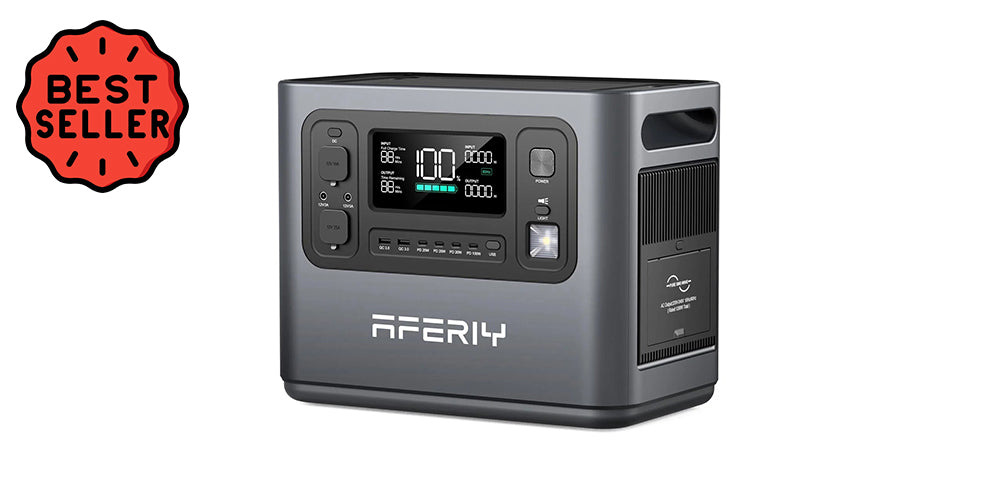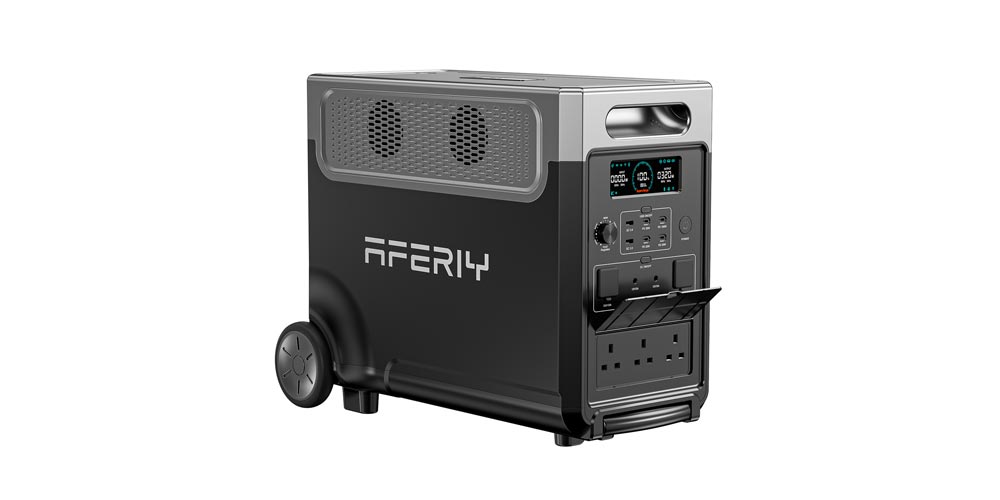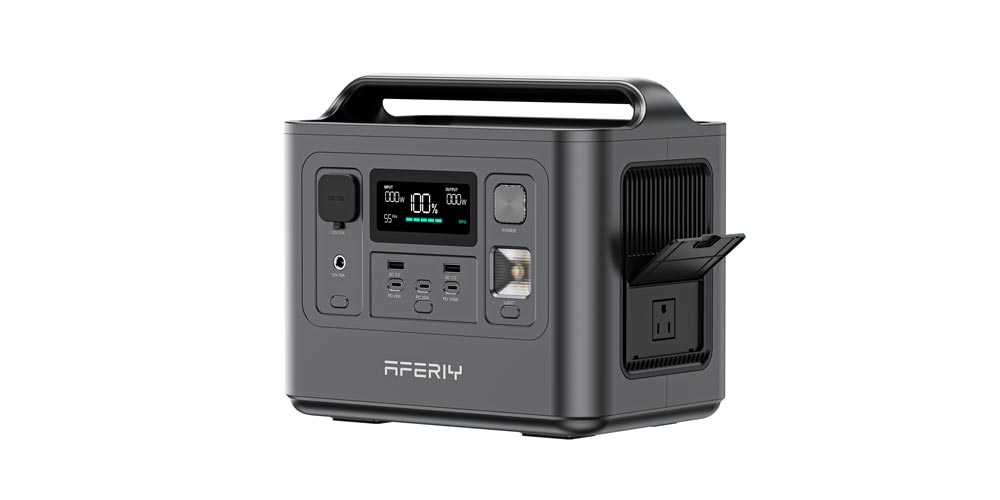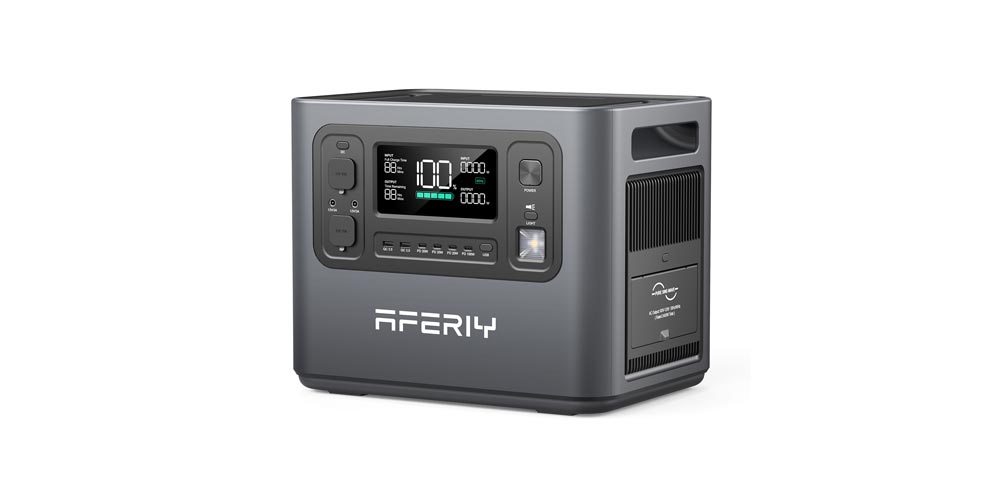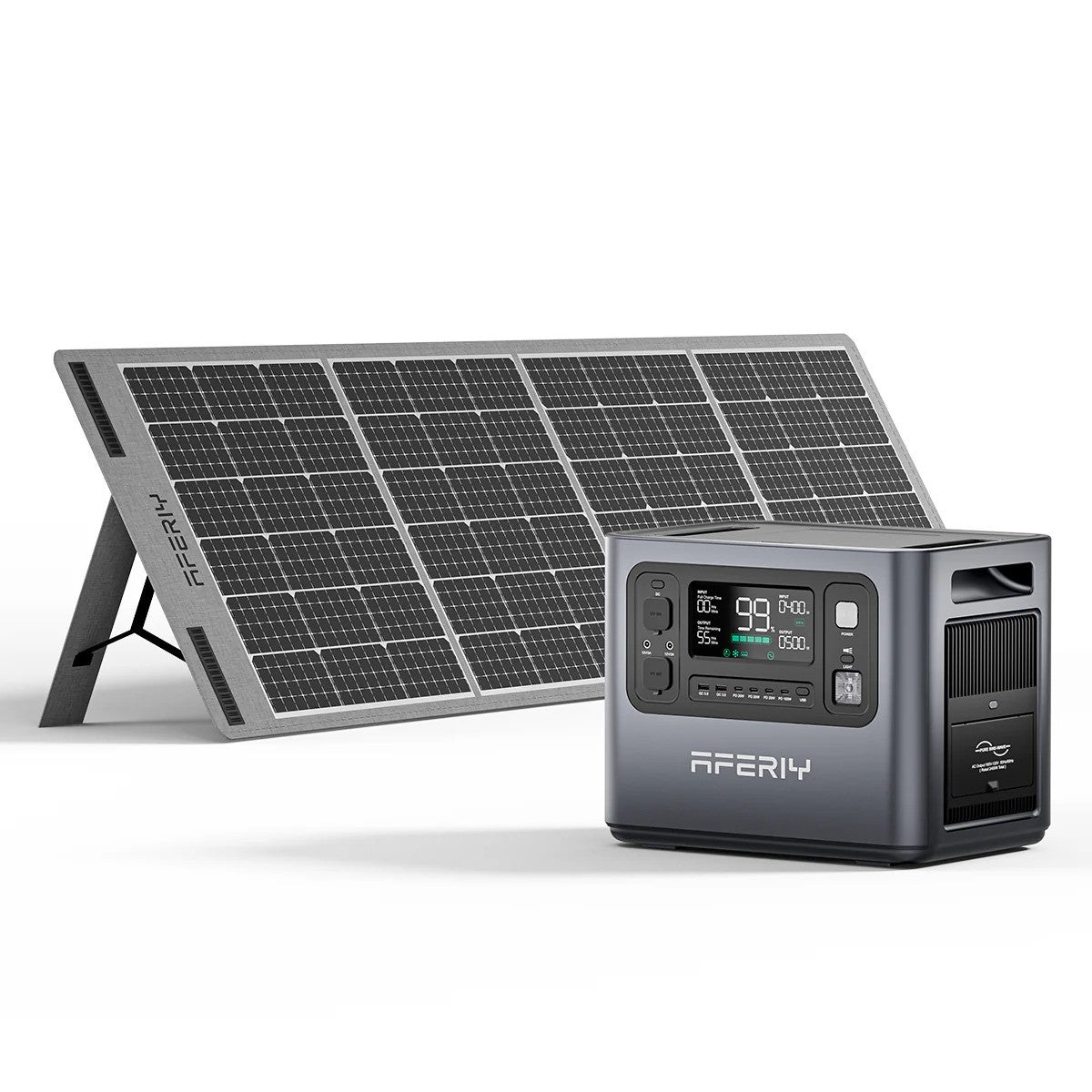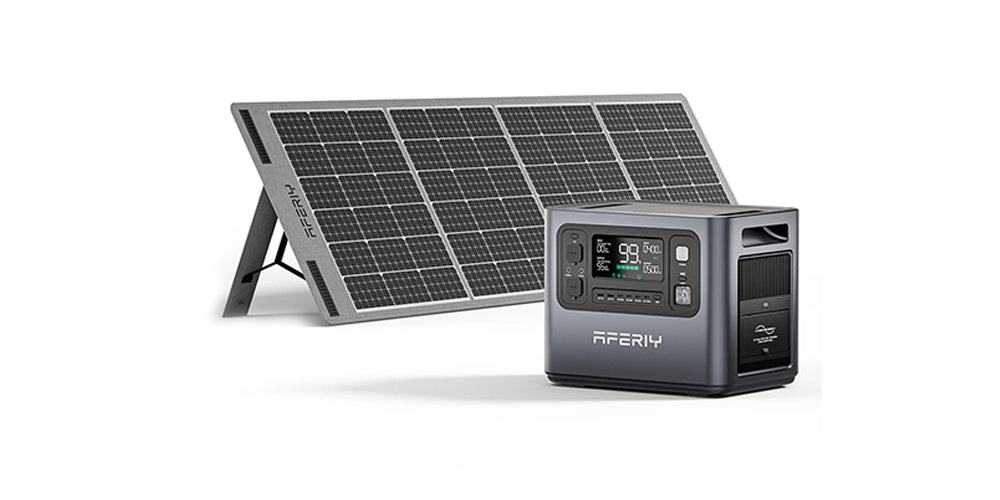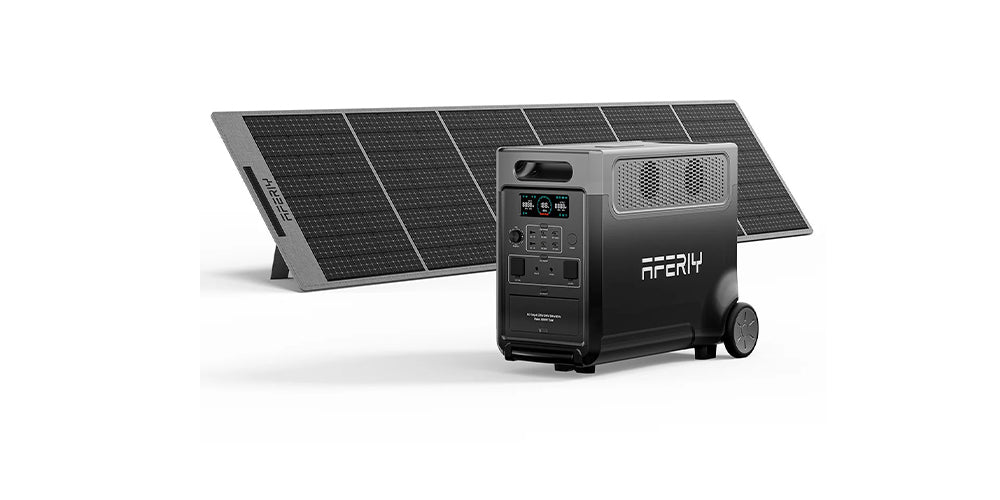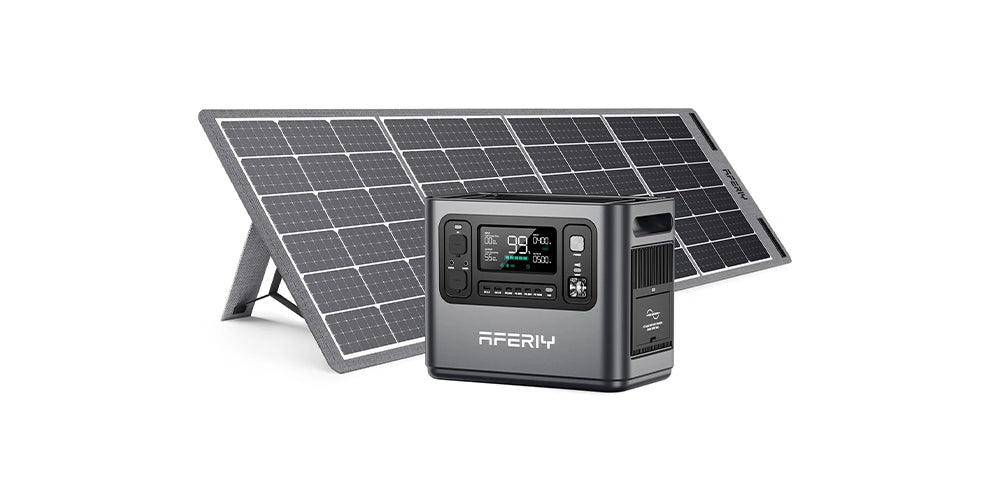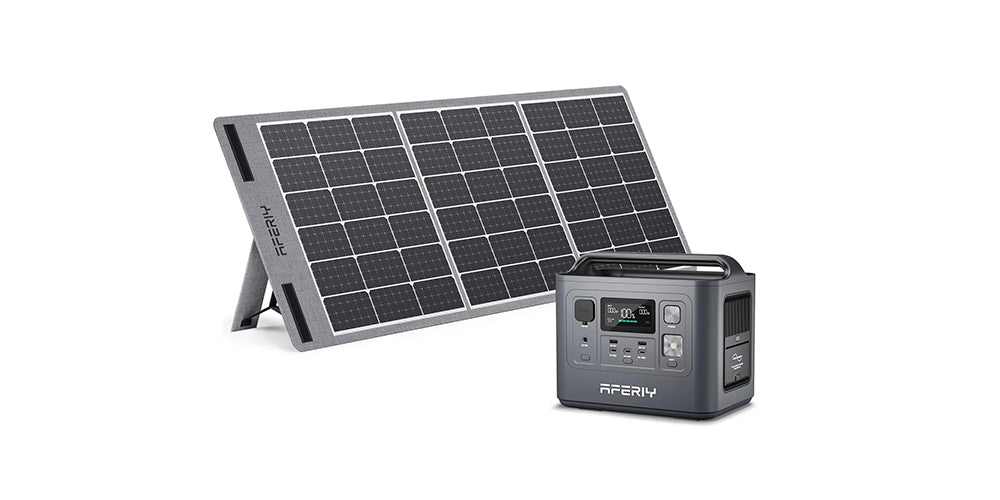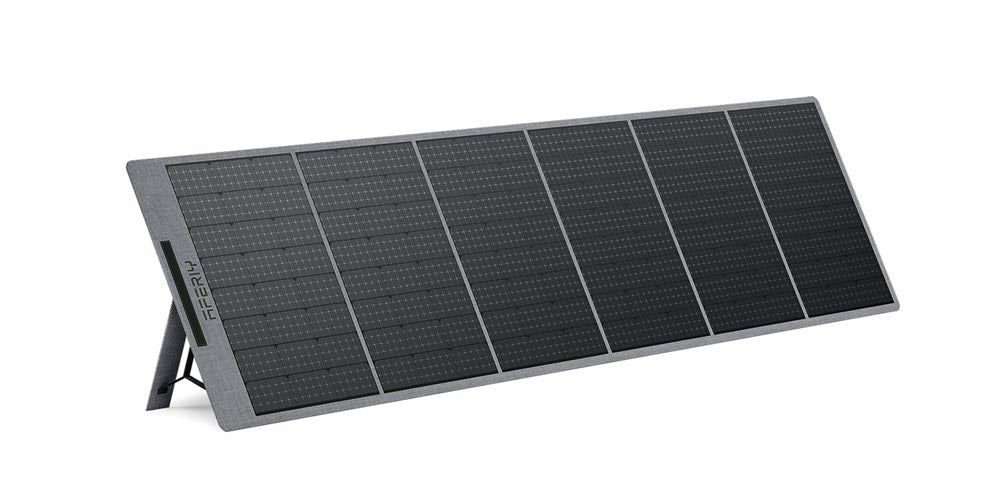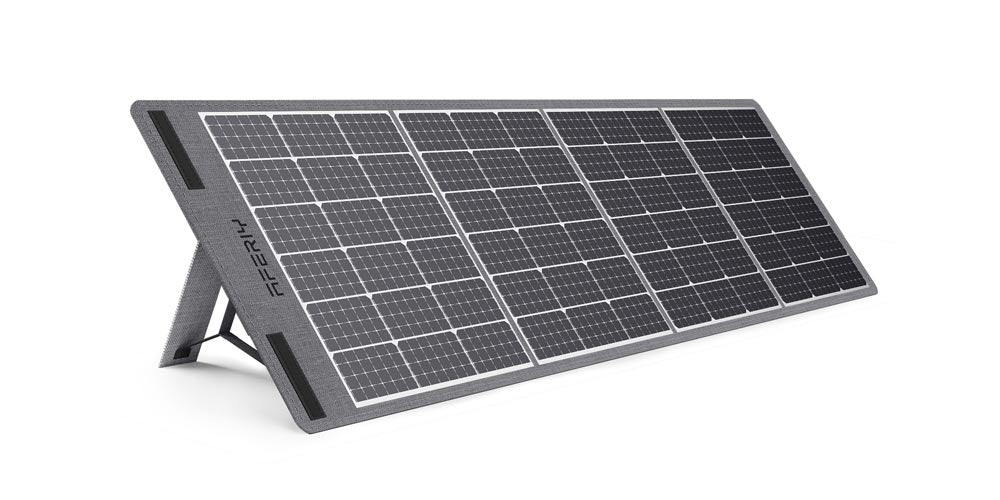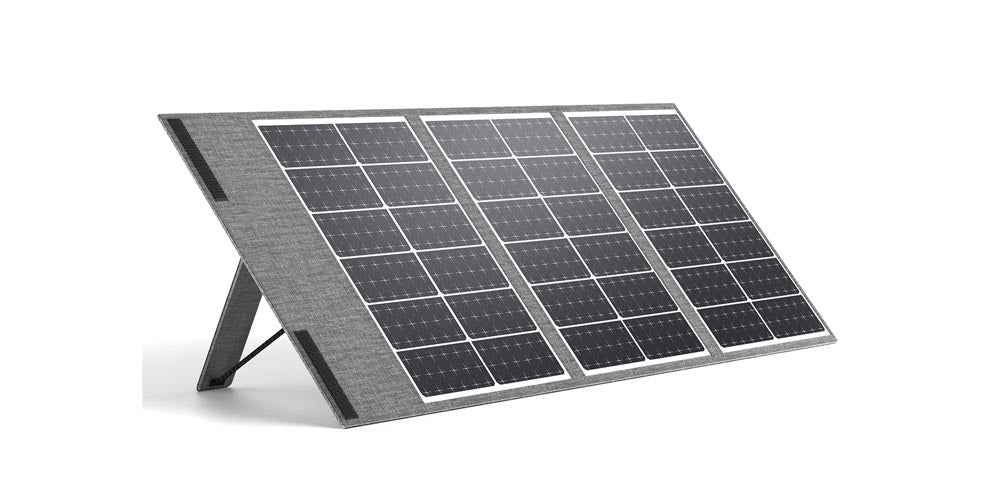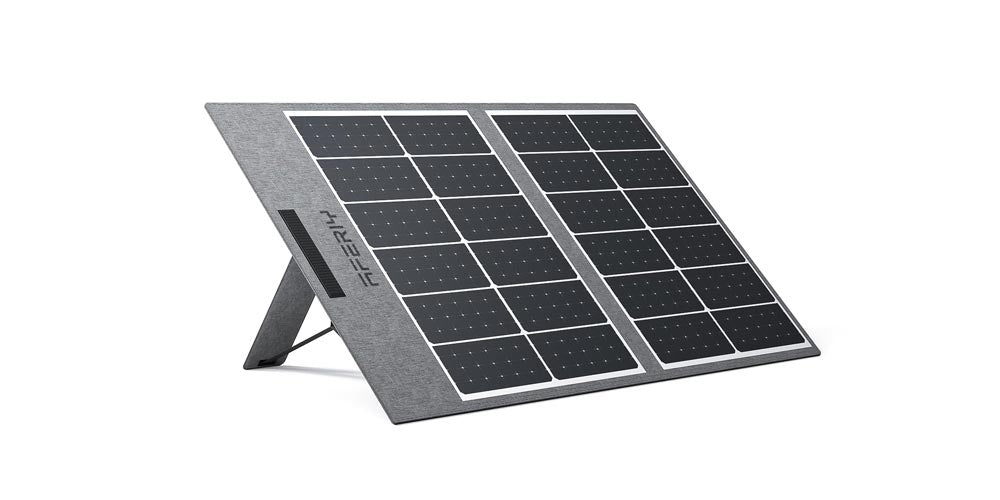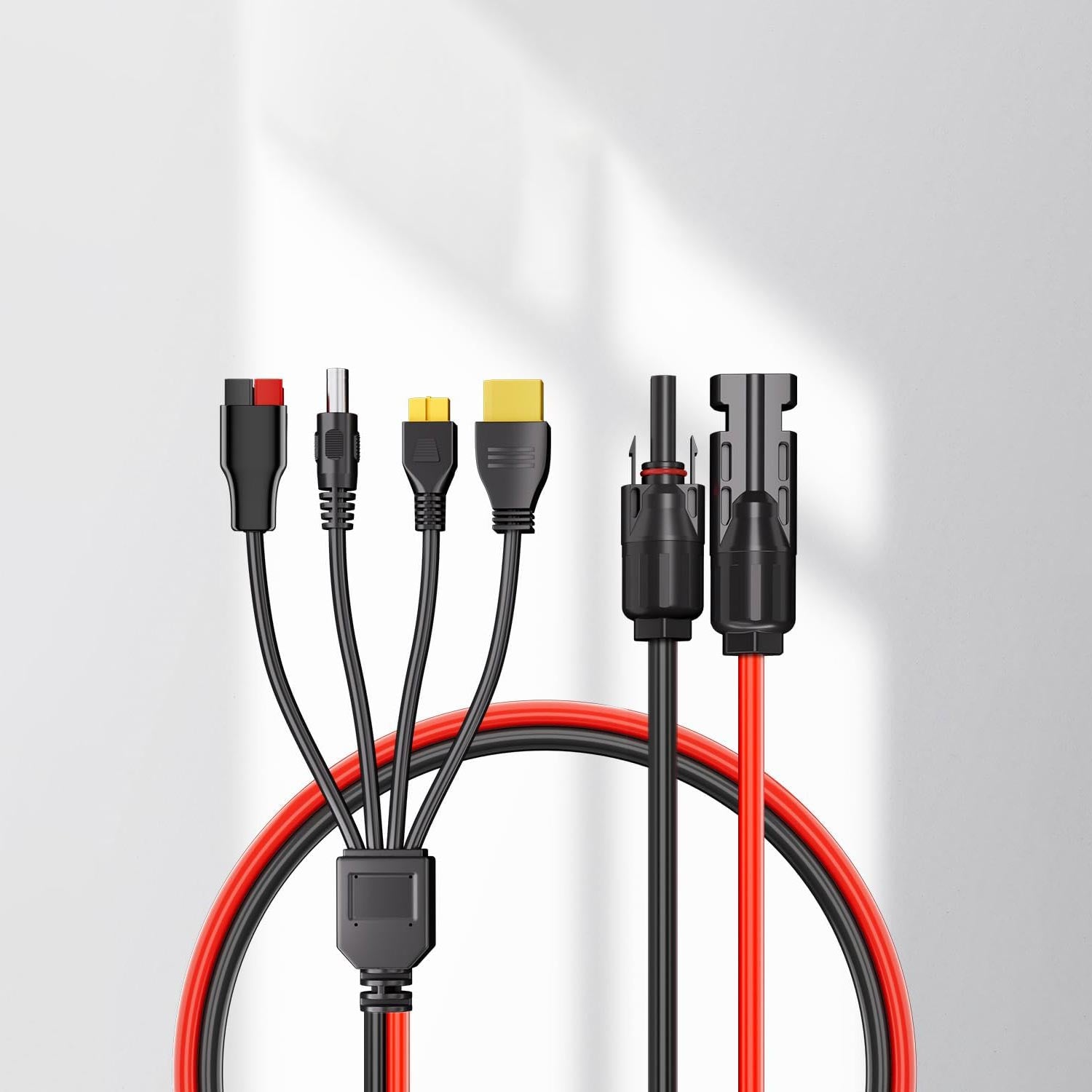How Many Watts Does a Well Pump Use?
Powering a well pump off-grid often raises an essential question: how much power is actually needed to efficiently run a submersible pump, a sump pump, or a borehole pump? Whether you own a remote property, a country house, or an agricultural site, properly sizing your pumping system is crucial to ensure a constant water supply.
In this article, we’ll explore in detail the power requirements based on pump types, the technical specifics of borehole pumps, and especially how to power these devices with a solar generator or other off-grid energy sources.
1. Types of Well Pumps and Their Power Consumption
Before discussing power requirements, it’s essential to identify the type of pump being used:
Sump Pump (or “pompe vide cave”)
Mainly used to remove clear or slightly dirty water, this type of pump is often installed in flooded basements or pits. Its power consumption typically ranges from 300 W to 800 W.
Submersible Pump
Installed underwater in a well or borehole, the submersible pump is ideal for drawing water from significant depths (up to 80 meters). Power consumption varies between 500 W and 1,500 W, depending on lift height and desired flow rate.
Borehole Pump (“pompe à forage”)
Designed for deep boreholes, this pump delivers high flow under high pressure. These models often require between 1,000 W and 3,000 W, or even more for agricultural versions.
Pro Tip: A motor’s label usually indicates its nominal (running) power, but don’t overlook starting power, which is much higher!
2. Starting Power vs. Running Power
A common mistake is underestimating the power required during startup. Most submersible or borehole pumps use induction motors, where the starting current can be 2 to 3 times higher than the running consumption.
Example:
A 1,000 W pump may require up to 2,500–3,000 W at startup.
If your generator or inverter isn’t sized to handle this surge, the pump simply won’t start.
3. What Size Generator Do You Need for Your Pump?
Example 1: Sump pump (500 W nominal)
Recommended generator power: 1,000 – 1,500 W
Generator type: gas-powered or portable solar generator
Example 2: Submersible pump (1,200 W nominal)
Startup power may reach 2,500 – 3,000 W
Required generator: at least 3,000 W with a safety margin
4. Powering a Pump Off-Grid with a Solar Generator – Is It Possible?
Yes, but it requires careful system design. A borehole pump can run on solar power, provided you correctly size the components:
Key elements required:
A solar generator (or portable solar power station)
Folding solar panels for recharging
A pure sine wave inverter powerful enough for startup surges
A lithium battery with sufficient Wh capacity
Concrete Example:
For a 1,200 W borehole pump running 2 hours/day:
Daily energy need ≈ 2,400 Wh
Recommended solar generator: minimum 3,000 W peak, 2,000 Wh capacity
Models like the Aferiy P310 or P210 portable power station are well-suited for off-grid use, offering enough power to handle startup surges and efficient solar recharging via folding panels.
The Aferiy P210 power station, with its 2,400 W nominal output and 4,800 W peak power, can easily handle a pump’s startup surge without interruption. Its 2,048 Wh capacity allows a 1,200 W pump to run for about 1.5 hours, which meets typical daily water needs for an autonomous setup.

The Aferiy P310 power station is even more robust, with 3,600 W output and 7,200 W peak power. Its expandable capacity makes it ideal for larger solar setups or extended use, such as on small farms or remote homes. It can easily withstand the heavy startup demands of a sump pump or a powerful borehole pump.

Both models are equipped with a pure sine wave inverter (essential for sensitive electric motors) and are compatible with folding solar panels for clean, silent, and fully autonomous recharging.
Thanks to their high-efficiency MPPT solar input, the P210 and P310 maximize solar production throughout the day, ensuring quick recharging even in variable weather. This is a sustainable, cost-effective, and eco-friendly solution, perfectly aligned with growing renewable energy needs in rural or off-grid locations.
Want to learn more about our solar kits compatible with the P210 or P310? Visit our dedicated solar generator page.
5. Which Pump to Choose Based on Depth and Flow Needs?
For depths less than 7 meters, a surface pump or sump pump is generally recommended. These pumps require around 300–800 W.
For depths between 7 and 25 meters, a submersible pump or well pump is suitable, with power requirements between 800–1,500 W.
For depths over 25 meters, a deep well pump should be used. These typically require 1,500–3,000 W.
The total dynamic head (TDH) is the key factor: it’s the sum of the lift height + friction losses + required outlet pressure.
6. Electric vs. Fuel (Gas/Diesel) Pumps
When choosing between an electric pump and a thermal (gas or diesel) pump, several factors must be considered:
Energy Consumption:
Electric pumps vary depending on the power source. Fuel-powered pumps, however, always require gasoline or diesel, which means constant fuel supply.
Noise Level:
Electric pumps are generally quieter, making them more suitable for residential areas or near campsites. Fuel pumps are noticeably louder.
Maintenance:
Electric models are usually low-maintenance, whereas fuel pumps require more upkeep due to their combustion engines.
Operating Costs:
When powered by solar, electric pumps have very low operating costs. Fuel pumps, on the other hand, require regular fuel purchases, making them more expensive over time.
Autonomy
Electric pumps depend on energy storage (e.g., batteries or solar generators). Fuel pumps can run continuously as long as fuel is available.
Tip: If you live in a very sunny area with moderate consumption, a solar solution with battery storage is more cost-effective long-term.
7. How to Optimize Your Pump’s Energy Use
Here are some practical tips to reduce power needs and improve system efficiency:
Install a buffer tank to reduce start/stop cycles
Use a high-efficiency pump
Choose a solar generator with a boost start feature (ideal for power surges)
Schedule pump operation during peak sunlight hours
8. FAQ
Can I use a small solar generator for a sump pump?
Yes, if the pump is below 500–600 W and the generator has at least 1,000 W peak power.
Can a borehole pump run on an inverter?
Yes, as long as the inverter is pure sine wave and capable of handling the startup surge.
Can I use folding solar panels?
Absolutely! Especially for mobile setups. They allow you to recharge your solar generator during the day to power the pump when needed.
Conclusion
Whether you use a sump pump, a submersible pump, or a borehole pump, the required power depends on multiple factors: depth, flow rate, usage frequency, and power source. For off-grid setups, a well-sized solar generator, paired with folding panels and a reliable battery, is a sustainable, quiet, and cost-efficient solution.
Before buying or installing a system, make sure to:
Identify your water needs
Calculate real power consumption (running + startup)
Choose a pump and power generation system that are fully compatible

